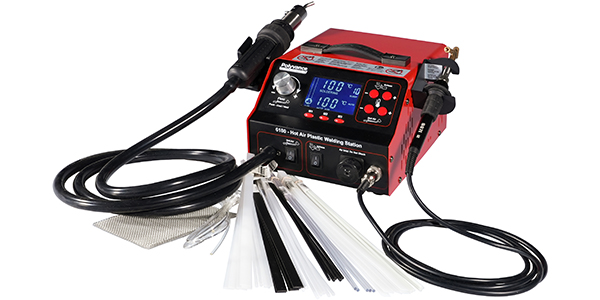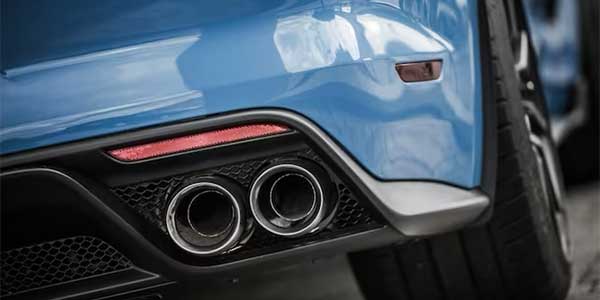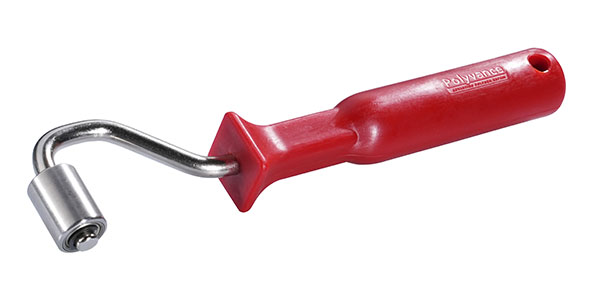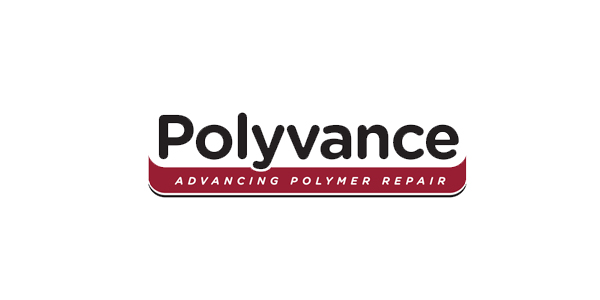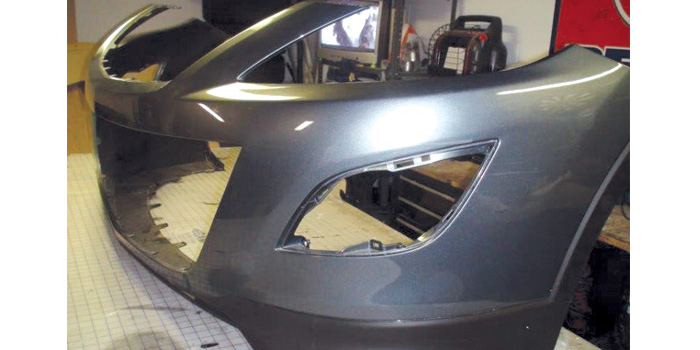 In my journeys through shops all over, I get a lot of questions about equipment training and procedures. Lately, a lot of the focus has been on aluminum repair and the equipment needed for it. The second subject most asked about is plastic repair. Often, I am asked which repair is better, adhesive repair or plastic welding, and which company’s welder is best. The answers to these questions depend on a lot of variables: Are you willing to invest in training and equipment?
In my journeys through shops all over, I get a lot of questions about equipment training and procedures. Lately, a lot of the focus has been on aluminum repair and the equipment needed for it. The second subject most asked about is plastic repair. Often, I am asked which repair is better, adhesive repair or plastic welding, and which company’s welder is best. The answers to these questions depend on a lot of variables: Are you willing to invest in training and equipment?
- Are your technicians willing to learn?
- Will your technicians follow training and instructions?
Which Is Best?
First before we break this down, I want to comment on which is best. As I write this, I am not biased as to which is best. A body hammer that I love and think is the best body hammer in the world is one you may think is junk. It may be all about preference. What do you prefer?
The second part is I am a firm believer in repairing what can be repaired. A shop is only paid so much to R&I a bumper cover. Repairing saves on cost of repair and increases revenue. Since the cost of plastic repair equipment is relatively low, the return on investment is fairly quick. Shops getting into plastic repair can very quickly realize increased revenue. Shops must have a must-look attitude into any new procedures or equipment coming into the industry.
Adhesive Repair
When adhesive repair took a big foothold in plastic repair and got more popular, I was all over that. I thought, this is great! A procedure that is fast and strong and most of all repeatable. Adhesive repair has come a long way from what it was in the past, and today is a great process and procedure. A lot of training and time went into teaching techs with suppliers and taking the I-CAR PLA001-02 and newer PLA03 courses.
There were some issues and still are issues today. Speed is one. It is a fast repair, but sometimes is labor intensive. Adhesive also has some issues with hard-to-reach areas. With some practice and time, you can overcome these situations. Although people struggled at first with quality issues on adhesive repairs, most issues came down to technician training, not product. As with anything new, there will be a learning curve. As to cost of equipment, it was a minor cost to acquire caulking guns to dispense material. As to training in its use, it was easy to learn because of similarity to body filler.
Plastic Welding
Plastic welding has also evolved. The old heating iron has undergone some serious changes. The improvements in hot air and adding of gases such as nitrogen to control heat has really changed the process and added some speed. Also, new filler rods with better capability have increased the quality and speed of repair dramatically.
In researching some points for this article, I visited some companies such as LKQ bumper remanufacturing in Chicago. Both processes, adhesives and plastic welding, are used in conjunction with one another as each has its own strengths and weaknesses. It was here that my focus on this article changed. I could list failures we have all seen and why they happen. I will get into some of these issues. The point I need to make here is that both procedures have merit and may be used according to the repair damage. Why does one have to be better than the other? I have seen many companies use both successfully on the same covers. Too many of you reading this article are thinking, “No kidding!” Too many others may not have looked into plastic welding yet. For some reason or another, some shops have held back.
Plastic Welding Cost
The competition between companies has dropped the cost on new plastic welding machines but has also ramped up the capability and ease of use. New nitrogen welders have become common in the industry. This type of high-heat control helps to better melt base plastic and contributes to a better flow of plastic rod. This combination has increased the speed and durability of the repair dramatically. New machines have built-in electronics to prevent damage to heating elements. This keeps some of the expensive equipment repairs down.
The lowered cost increases the ROI to shops that purchase this equipment. The cost of welding rods is also cheaper than in the past for much better capability. The polyolefins that always seemed to be an issue for repairs are much easier and less problematic than in the past, which reduces the quality control issues for shops and boosts shops’ confidence in the welds. Identifying plastic is not as critical but is still a good practice to make certain the correct filler rods are used.
Fiber-filled plastic filler rods have also increased repair strength. This added strength really helps a shop boost production and its abilities to do repairs that might not have been considered before.
Equipment
There are many choices of companies and equipment. Costs I have seen are fairly similar between companies. I myself am a fan of the newer nitrogen welders with controls or sensors to protect the heating element, which is a fairly expensive part to replace. Preventing this common damage is a great way to save on downtime of the machine. These sensors also save on wasting nitrogen gas, keeping some expendable costs down. There are more options on machines than ever before and newer ones coming out all the time. I am a big fan of “keeping it simple.”
When choosing equipment, ask the vendor to see it at a training center or do a demo at the shop. More vendors have training at their facilities. If they are too far away, have a training session at your shop. Equipment is too expensive to buy without trying it first or doing research. Get input from technicians as they will be the ones using it. A roadtrip to learn is always a good thing.
Training
No matter which way you decide to repair plastics or if you decide to combine the two repair procedures, it all comes down to training. The best machines or adhesives will fail if a technician does not know how to use the products. Training in both adhesive repairs and plastic welding has some similarities as plastic has common requirements for repair.
All companies I have spoken to offer training for technicians. I-CAR PLA03 course is a great source of training for both types of plastic repair. I can’t express the importance of this enough. If a technician is not trained or versed in these procedures, he’s setting himself up for failure, which will hurt both the shop and the technician. Becoming frustrated over a repair procedure is like quicksand. Once a technician is into it, they struggle and it only gets worse. This makes for an unhappy technician and can slow down cycle time or lose both him and the shop money. Both are preventable with proper training.
Estimating
Last but not least is estimating. You have two different ways to repair plastics. Each has its own merit on speed and durability. Plastic welding has proven itself to be a contender in all shops. I can’t answer which one is best as each repair is different. Only the technician trained to do the job can answer that. Either way, the time to repair will definitely justify the equipment and training.
TIPS
Some simple tips to reduce failures and increase quality of repair:
- Training. Seek it out and attend classes. Also, see videos on YouTube.
- Clean the repair surface. Clean the entire part before starting. This reduces contamination and other problems.
- Shape. Shape the part first and hold the shape all through the repair.
- Prep cracks or tears properly. Shortcutting here will cause failure consistently.
- Watch for the shine. Any shiny surfaces must be sanded as adhesion will be affected.
- Follow all procedures! The procedures are proven to work. Skipping steps will only cause problems and frustrations.
- Maintain equipment. As our industry changes and we buy more equipment, creating a culture of cleaning and maintaining shops and equipment is necessary. Downtime and maintenance costs money. Breakdowns never happen when it’s convenient. Follow up with proper priming procedures.










